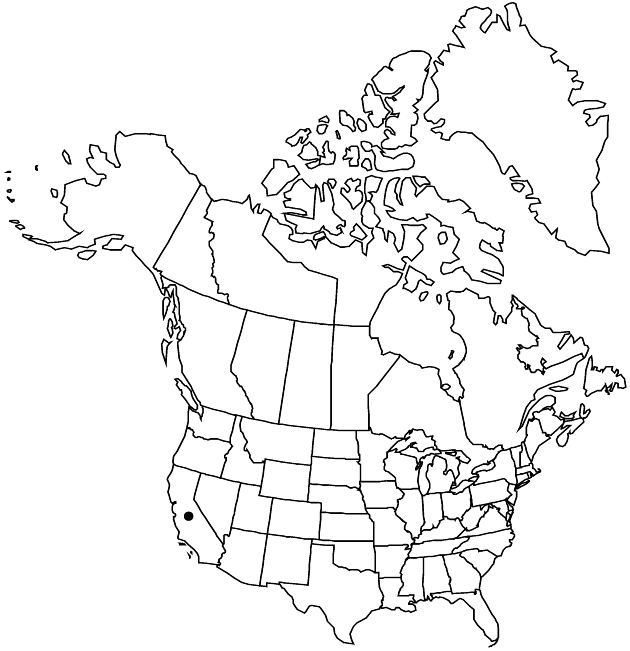Difference between revisions of "Erigeron sanctarum"
Proc. Amer. Acad. Arts 24: 83. 1889.
FNA>Volume Importer |
FNA>Volume Importer |
||
| Line 48: | Line 48: | ||
|publication year=1889 | |publication year=1889 | ||
|special status= | |special status= | ||
| − | |source xml=https://jpend@bitbucket.org/aafc-mbb/fna-data-curation.git/src/ | + | |source xml=https://jpend@bitbucket.org/aafc-mbb/fna-data-curation.git/src/8f726806613d60c220dc4493de13607dd3150896/coarse_grained_fna_xml/V19-20-21/V20_712.xml |
|tribe=Asteraceae tribe Astereae | |tribe=Asteraceae tribe Astereae | ||
|genus=Erigeron | |genus=Erigeron | ||
Revision as of 16:26, 18 September 2019
Perennials, 5–40 cm; rhizomatous (fibrous-rooted) or perhaps obscurely taprooted (taproots/primary axes not evident in collections), forming systems of relatively slender rhizomes or rhizomelike caudex branches. Stems erect (bases greenish), sparsely hirsuto-villous (hairs usually retrorse), eglandular. Leaves basal (persistent) and cauline; (bases greenish) proximal blades oblanceolate to oblanceolate-spatulate, 20–50 × 3–10 mm, gradually reduced distally, becoming linear (rarely slightly subclasping), margins entire, faces sparsely villous-hirsute, eglandular. Heads 1(–3). Involucres 6–9 × 12–17 mm. Phyllaries in 3–4 series, densely villous to hirsuto-villous, eglandular. Ray florets 45–90; corollas blue to purple, 7–13 mm, laminae not coiling or reflexing. Disc corollas 5–6.5 mm. Cypselae 1.5–2.2 mm, 2-nerved, faces sparsely strigose; pappi: outer of setae, inner of 18–25 bristles.
Phenology: Flowering Mar–Jun.
Habitat: Usually in sandy sites, grassy openings in pine woods, burned areas on sandy mesas and ridges, commonly in sagebrush, chaparral, and coastal scrub, often with Adenostoma, Ceanothus
Elevation: 50–400 m
Discussion
An unequivocal observation of the mode of perennation of this species has not been made.
Selected References
None.
